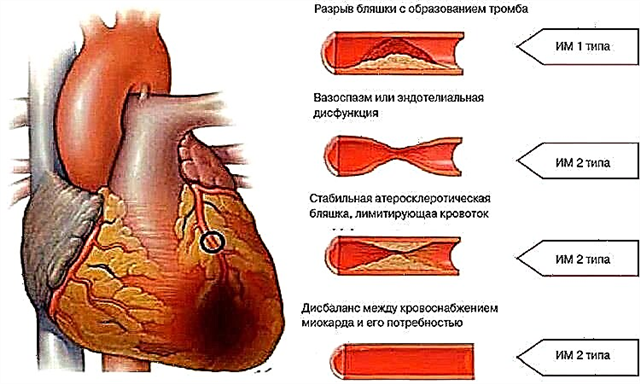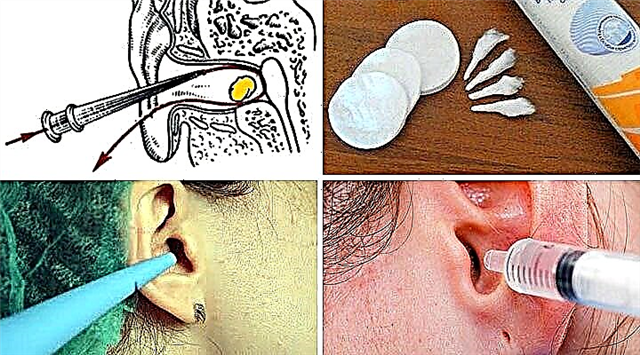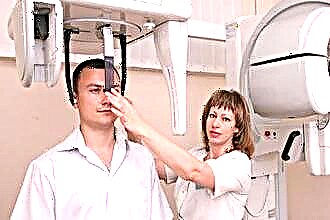The modern accelerated rhythm of life, stress, fuss, bad habits - all these unfavorable factors have a bad effect on the state of human health, in particular, the heart muscle, the rhythm of which measures our years. An untimely detected heart disease can lead to tragedy. That is why it is so important to monitor your health and the condition of your loved ones, to listen to the slightest impulses that the body gives, wishing to warn about this or that threat. Change in the myocardium is an extremely relevant topic of cardiology today. What is it, how does the disease manifest itself, for what reasons does it arise, and what consequences does it lead to?

Causes of pathology
Sometimes, undergoing a routine medical examination, a person hears an incomprehensible and frightening diagnosis - a change in the myocardium. The patient immediately has confusion and many questions related to this. What it is? Is the pathology amenable to treatment and what constraints will you have to face?
There is nothing extremely dangerous in this disease, but there are a number of consequences to which it can lead if treatment is postponed.
The disease is localized in the heart muscle and usually affects the left ventricle, representing a metabolic disorder. If detected in the early stages of development, it can be neutralized in a short time by simply taking medications that normalize the metabolic background of the heart muscle.
The violation is divided into several stages according to the degree of complexity:
- At an early stage of development, it does not manifest itself at all, it can go away on its own with the normalization of the lifestyle, with proper nutrition and moderate physical activity, the absence of stressful situations, that is, in the case of elimination of the factors of the onset of the disease.
- The most common in medical practice is a mild disorder that is easily diagnosed with a simple ECG, although it rarely presents with any symptoms.
- The greatest danger is the third stage, when moderate changes in the left ventricular myocardium spread over large areas of the heart muscle, causing inflammatory processes, multiple disorders, which, in turn, provokes the emergence of other, even more life-threatening diseases that are difficult to treat. That is why it is so important to identify this problem in time before it reaches catastrophic proportions.
Moderate nonspecific changes in the ventricular myocardium, as the most common diseases of the heart muscle, are provoked by the following factors:
- Prolonged stress, which leads to the rupture of nerve fibers. At the same time, this provokes minor inflammatory processes in the tissues and, accordingly, to a violation of the hormonal background.
- Wrong way of life. This factor provokes many diseases, and most often - heart disease, which requires good blood circulation. It is inconceivable without active physical activity (but overstrain, which leads to rupture of the muscle fibers of the heart, is unacceptable). Also, blood circulation is impaired when eating excessively fatty, smoked, overly salty foods that clog the heart valves with cholesterol plaques. Sometimes it is better to once again give up grilled chicken in favor of stewed or boiled chicken, or say no to a greasy cake, in favor of fruit salad or nuts.
- Frequent consumption of alcohol and smoking also has the most negative effect on human health, on the condition of the lungs and heart. Smokers are most often carriers of such a disease as moderate changes in the left ventricular myocardium, which, if started, turn into extensive changes affecting the heart muscle within six months.
- Another factor influencing the formation of disorders is prolonged hypothermia or overheating. Sudden changes in temperature are generally harmful to humans, and most of all they affect the work of the heart, causing rhythm disruptions. This is not just a temporary violation, it triggers a chain reaction of all kinds of negative calls, which, the longer the failure lasts, the more they take on an irreversible form, which subsequently requires long, systematic treatment.

Symptoms of changes
Moderate changes in the myocardium are rarely indicated by any symptoms. As a rule, a person does not notice, or tries to ignore those minor signs that characterize a moderate form of the disease.
This could be:
- Rarely occurring light dizziness;
- Interruption of the heart rhythm, which is restored after 10-15 seconds;
- Slight heaviness in the chest area, which disappears in a short time.
When the mild form begins to progress to the more severe, the following symptoms are observed:
- Dyspnea. The larger the volume of the heart muscle, which is covered by the inflammatory process, the stronger and more often shortness of breath becomes, which occurs not only during and after physical exertion, during stress, but also in a calm situation.
- Chest pain.
- Frequent dizziness and heavy heaviness in the chest.
 If one of the above signs is found, it is necessary to urgently carry out diagnostics, which usually consists of:
If one of the above signs is found, it is necessary to urgently carry out diagnostics, which usually consists of:
- ECG;
- Uzi;
- General analysis of blood and urine.
On the basis of these analyzes, the cardiologist makes the correct diagnosis and prescribes the necessary course of treatment. If the studies are completed on time, the treatment will not take long and will be effective.
Consequences
 The launched process of changes in the myocardium can lead to numerous negative reactions, namely:
The launched process of changes in the myocardium can lead to numerous negative reactions, namely:
- Extensive inflammatory processes of the myocardium, capturing the entire heart muscle, completely disrupting metabolic processes in tissues and leading to various diseases, including coronary heart disease, which is life-threatening.
- Dystrophic changes, expressed in the pathology of metabolic processes occurring in cells. They directly affect the functioning of the heart muscle, causing inflammation and non-coronary problems.
- Scar formation. This is a rather serious consequence, because scars with physical or mental stress can disperse and lead to a heart attack.
The consequences of a moderate change in the myocardium not identified and not cured in time can provoke more serious, dangerous diseases. But in addition to diagnostics and therapy, it must be remembered that heart health directly depends on the lifestyle that a person leads. If you give up alcohol, try to quit smoking and switch to harmonious, proper nutrition, rich in proteins and carbohydrates, fiber, vitamins, if you start walking for 15-20 minutes a day at a fast pace, then there is no doubt that the heart condition will improve significantly. A glass of wine for a holiday will not harm the heart, but a larger amount of alcohol leads to the destruction of the cellular background and dystrophy of the heart muscle, just like the whole body. Such elementary measures can not only prevent the occurrence of violations, but also cure failures in the early stages.
Moderate exercise and a balanced diet are also indicated as adjunctive therapy for more severe heart disease.
Therefore, it is important to notice the body's signals of malfunctions in time in order to prevent the development of complications that are much more difficult to treat.Moderate changes in the myocardium are a fairly common pathology due to the modern lifestyle of most people, but such "popularity" should not become the norm.




